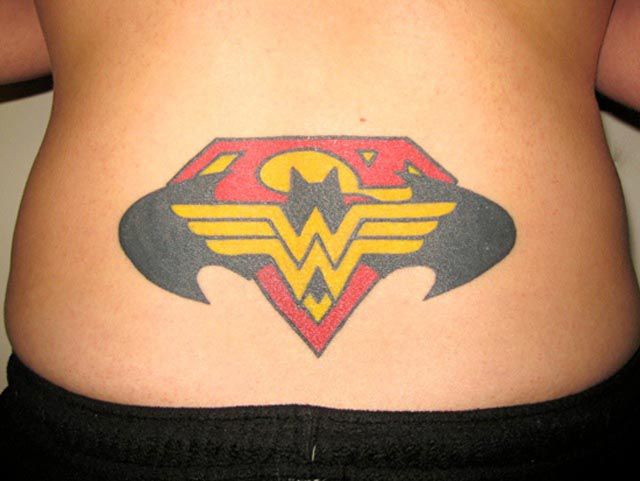

“I have an urge to be more fun and experimental with my appearance in general,” said Rene, who got five tattoos in the past year, after moving out of her parents’ house. They wanted to take risks, within reason. They wanted to show some skin, and celebrate their bodies, as opposed to shielding them. Following lockdown, not only did people want tattoos again, they also seemed to crave being something of a “hot mess” as well, to borrow a popular Y2K phrase. Tattooing is intimate work, with bodily fluids involved.īut he was wrong. “I was convinced that no one was going to want to risk doing anything mildly dangerous,” he said. A year ago, Pratt-Fusari would have told you that his industry was never going to bounce back. The return of low-rise jeans may have been inevitable, but what no one predicted was that 2020 would also bring a global pandemic. “But on a deeper level, it’s also about sexual liberation and taking back the idea that being a tramp is a bad thing,” she added of the trend, pointing to the rise in 2020 of “ Bimbo TikTok” (or BimboTok for short), an online community aimed at reclaiming the word, and celebrating hyper-femininity. (She’s certainly been wearing more low-rise bottoms than she was before she got the tattoo.) “I think on a surface level, there’s the Y2K thing with low-rise jeans,” said Phoebe Satterwhite, a 21-year-old full-time hand-poke tattoo artist living in Bushwick, who decided to get a “tramp stamp” earlier this year when another artist, whose lower-back work artist she admired, announced that she was visiting New York. But did low-rise jeans and crop tops and exposed thongs come first, and then lower back tattoos? (This is what happened in 2002, according to the Wall Street Journal.) Or was it the other way around? Years ago, trend forecasters predicted that low-rise jeans would return in 2020, as Gen Z discovered the Y2K aesthetic for the first time, and as the siren song of unflattering pants began to wear off on millennials. And just this past month, Collina Strada showed belts inspired by lower-back tattoos for its spring 2022 collection. “ Time to Get a Tramp Stamp,” read a Jezebel headline in April of 2020. Earlier this year, Paloma Wool released a capsule collection that was an ode to lower-back tattoos of the ’90s.

By 2013, Nicole Richie had gotten her lower-back tattoo removed, saying, “It just means a certain thing, and I don’t want to be part of that group.”īut now, after a year and a half of a pandemic, the tramp stamp is being welcomed back with open arms, it seems, along with Y2K style in general.

Inevitably, the Y2K aesthetic fell out of favor - not to mention the word “tramp,” which is steeped in misogyny - and the pendulum eventually swung toward a more minimalist, more covered-up style.

But the “tramp stamp,” specifically, became a thing in the late ’90s and early 2000s, when the era’s biggest celebrities - Britney Spears, Aaliyah, Nicole Richie, Lindsay Lohan - all started getting tattoos of butterflies and crosses and such on their lower backs, and flaunting them with fashions of the day like crop tops and low-rise jeans. Men and women have been tattooing their lower backs in one way or another since forever. “But then, probably around 2011, they just stopped.” “When I first started tattooing around 2005, they were quite common,” recalls Pratt-Fusari. Women in particular, he said, are coming in and asking for so-called “tramp stamps” again - more than they have in about a decade. Pratt-Fusari, a tattoo artist at Sacred Tattoo on Broadway, has noticed a resurgence in lower-back tattoos.


 0 kommentar(er)
0 kommentar(er)
